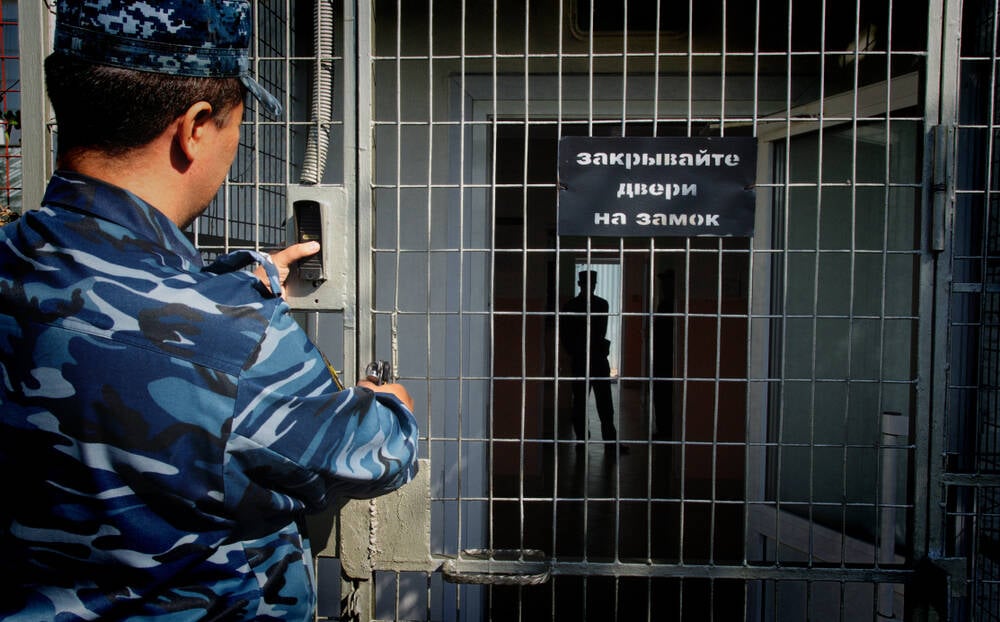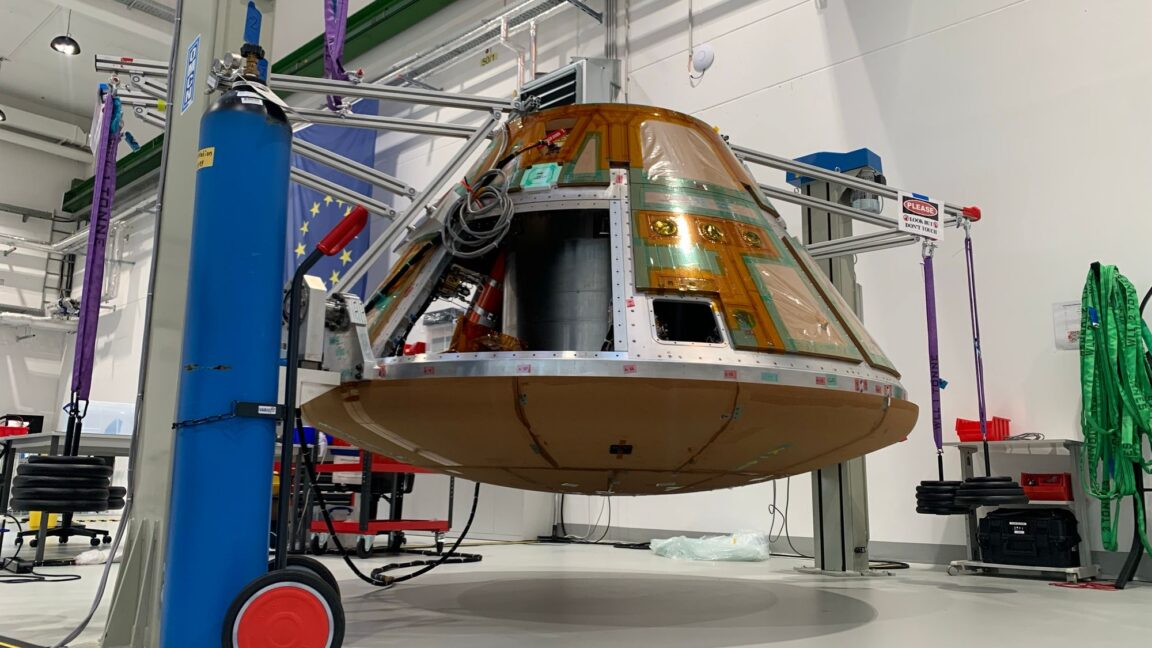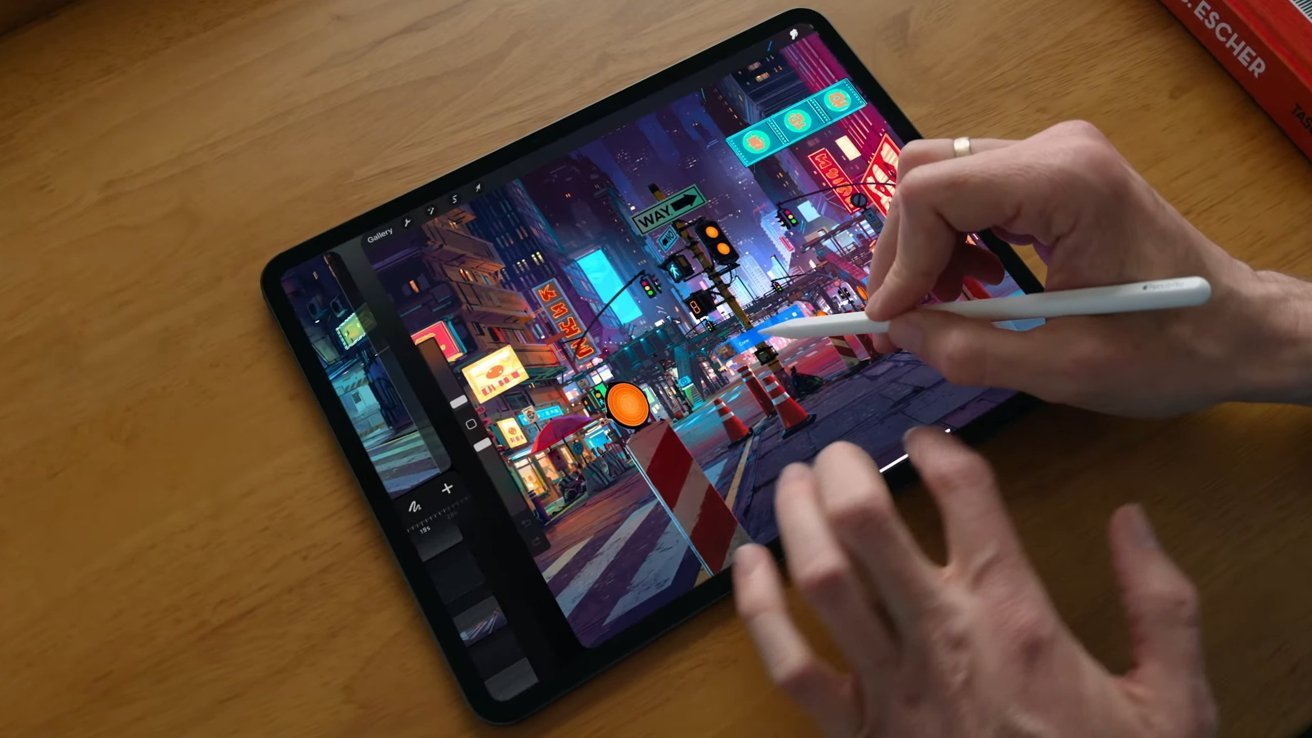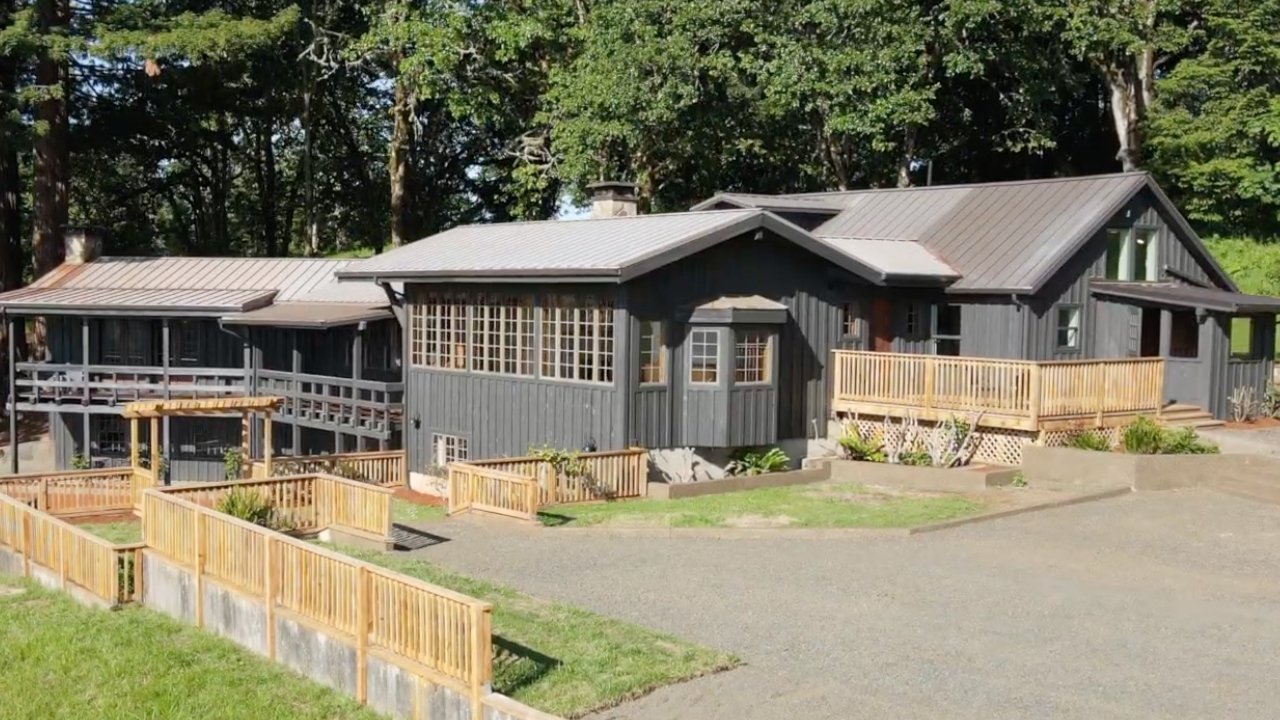Travels with Rambax
KAOLACK, Senegal – The MIT students have just finished dinner and are crumpling soda cans into trash bins when they get the summons: “Grab your drums, grab your drums, grab your drums …” It is time for the tanibeer, a nighttime drum and dance party, in Kaolack, a town amid salt plains and peanut farms…

KAOLACK, Senegal – The MIT students have just finished dinner and are crumpling soda cans into trash bins when they get the summons: “Grab your drums, grab your drums, grab your drums …”
It is time for the tanibeer, a nighttime drum and dance party, in Kaolack, a town amid salt plains and peanut farms located 220 kilometers southeast of Dakar, Senegal’s capital. For the members of Rambax MIT, the Institute’s Senegalese drumming ensemble, the excitement is palpable as they fetch their drums and make their way up the road. Their destination is a small field on the family land of their director, Lamine Touré, who comes from a long line of griots, the musicians and oral historians of the Wolof people.

Touré, a Senegalese master drummer and an MIT lecturer in world music, cofounded Rambax in 2001 with Patricia Tang, an associate professor and ethnomusicologist who specializes in West African music. It began as an extracurricular group to teach students and other members of the MIT community the art of sabar, a vibrant West African drumming and dance tradition. Today, Rambax is a credit-bearing class (21M.460) enrolling as many as 50 students a semester, and its ensemble’s performances draw audiences from MIT and the wider Boston community.
During Independent Activities Period (IAP), 16 members of the ensemble joined Touré and Tang on a two-week study tour in Senegal, the birthplace of the music that inspires Rambax. In addition to performing, the students attended drumming classes and dance workshops taught by expert Senegalese drummers, and they experienced sabar drumming within its traditional and cultural context in Dakar and Kaolack.
A sabar celebration, known as a tanibeer when held at night, is a lavish display of dance music, a great neighborhood carnival.
“Rambax is unique,” says Touré, whose family of prominent griot percussionists had him drumming from the age of four. Traveling to Senegal allowed the students to experience the cultural significance of the music—and Touré says their Senegalese audiences were really impressed with their playing.

A sabar celebration, also known as a tanibeer when held at night, is a lavish display of dance music: a great neighborhood carnival, jammed with lights, blaring speakers, griots, costumed dancers, drums and drums and ever more drums, and—of course—dancing.
On the night of the Rambax tanibeer in January, the sky is clear and chilly breezes waft across the field, where throngs of people, some dressed in colorful Senegalese traditional garb, gather under fluorescent lights perched on lampposts, chatting and gesticulating while waiting to watch the performance.
As the MIT students walk in, wearing their bright yellow, green, and red knee-length dashikis, the crowd erupts into applause.
Standing in front of his hometown audience, long dark dreadlocks spilling to his shoulders, Touré takes a microphone and introduces the ensemble in his native Wolof. He explains that his students are lovers of African music and, under his tutelage at MIT, have been learning the art of sabar. He pauses for a moment and leans in close to start conducting.
Then Rambax begins to play.

The audience cheers and dances, forming a large circle in front of the musicians. Before long, women take turns at the center of the circle, matching the energetic rhythms of the drumming in the exuberant hip twists, arm swings, jumps, and impossibly high knee kicks of sabar dancing. The high-spirited drumming and dancing continue until the early hours of the morning.
The tanibeer is a chance for Touré “to show what he’s been teaching his American students and that they can really play sabar quite well,” says Tang, who serves as a faculty advisor to Rambax. “And that’s often a surprise to the Senegalese audience.”


Among the 16 Rambax members on the Senegal trip is Autumn Geil ’21, a researcher and PhD student in the department of mechanical engineering. Initially drawn to music through choir and opera singing in high school, she had never heard of sabar drumming before discovering Rambax through a friend as an undergrad. She joined and has been a member of the ensemble, which she calls “just so incredible,” ever since.

For Geil, practicing sabar with custodians of the tradition in Senegal is an opportunity to “observe and learn from the drummers to improve my skills for future performances.”
Baran Mensah ’24, a Ghanian master’s student in mechanical engineering who minored in music as an undergrad, also joined Rambax after a friend recommended it. He sees it as a way to tap into his African roots while at MIT but says it’s also “a gateway to learn about Senegalese art, music, and culture.” Until the tour, he notes, “I really didn’t know much about my country’s West African neighbor.”
“Coming on this trip allows us to take a step back, to learn about people and cultures, making us more effective communicators.” Autumn Geil ’21
Eri-ife Olayinka ’25, a computation and cognition major who took Rambax classes for two semesters, says she finds the learning environment supportive and the cultural insights provided by Touré and Tang rewarding. “You see yourself getting better, becoming comfortable with playing in the class,” she says. After completing the classes to satisfy her art requirements, Olayinka stayed on in the drumming ensemble. “I genuinely enjoy being in Rambax—it’s such a cool thing we get to do as a group,” she says.

Visiting Kaolack is more than an opportunity for Rambax members to glimpse the culture that gave rise to sabar. With horse-drawn wagons clip-clopping through its rugged terrain but also massive solar farms, Kaolack is a city where old meets new. Witnessing those contrasts—and getting to perform and to immerse themselves in the performances of local musicians—helps the students enhance what Geil calls the “human connection skills” that all scientists and technologists need.
“It’s really important for people in STEM to make space for art and music,” she says. “Coming on this trip allows us to take a step back, to learn about people and cultures, making us more effective communicators of our technology.”




Back inside Touré’s family compound, Tang invites the students to gather around so she can introduce them to Touré’s mother, Marie Sow, and his sisters and aunts. Sow showers them with good wishes and they bask in the glow.
It’s important for Rambax members to know the history and culture of the people behind the music they practice, says Tang. “We really want the students to have this sort of cultural immersion—live in a Senegalese house like the Senegalese people do, hang out with Senegalese drummers, and really get a sense of what it’s like in Senegal.”
Abdullahi Tsanni, SM ’23, a former MIT Technology Review fellow, is a science writer based in Dakar, Senegal, who specializes in narrative features.












































































































































































![[The AI Show Episode 155]: The New Jobs AI Will Create, Amazon CEO: AI Will Cut Jobs, Your Brain on ChatGPT, Possible OpenAI-Microsoft Breakup & Veo 3 IP Issues](https://www.marketingaiinstitute.com/hubfs/ep%20155%20cover.png)































































































































































































![GrandChase tier list of the best characters available [June 2025]](https://media.pocketgamer.com/artwork/na-33057-1637756796/grandchase-ios-android-3rd-anniversary.jpg?#)

































































_ArtemisDiana_Alamy.jpg?width=1280&auto=webp&quality=80&disable=upscale#)
















































































































![Apple Considers LX Semicon and LG Innotek Components for iPad OLED Displays [Report]](https://www.iclarified.com/images/news/97699/97699/97699-640.jpg)


![Apple Releases New Beta Firmware for AirPods Pro 2 and AirPods 4 [8A293c]](https://www.iclarified.com/images/news/97704/97704/97704-640.jpg)


































































